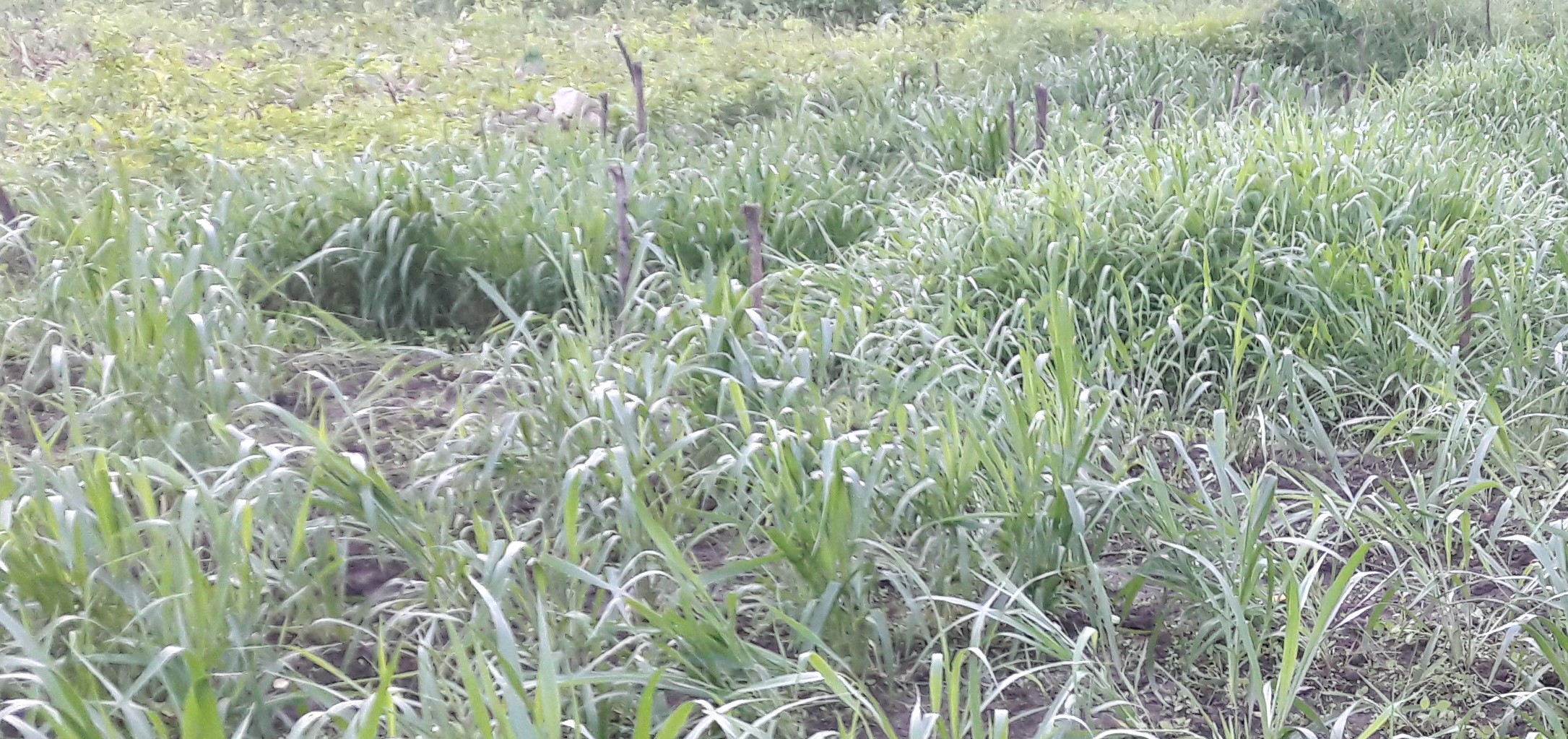Evaluation of morphological traits, forage yield and nutrient quality of brachiaria hybrid Mulato II in Bhutan
Keywords:
Brachiaria cultivar, crude protein, dry matter, forage yield and qualityAbstract
Dairying forms an integral part of livestock farming for smallholder farmers in Bhutan. Profitability of dairy enterprises continue to be constrained by non-availability of quality feed and fodder. There is currently limited choice of fodder species in Bhutan. The most popular grass species for subtropical belt is Ruzi grass (Brachiaria ruziziensis), used commonly for pasture development and forage production. Therefore, it is crucial to explore other Brachiaria cultivars with promising forage yield and nutrient quality. Accordingly, field experiments were conducted to compare the performance of Brachiaria hybrid grass Mulato II with Brachiaria ruziziensis on morphological traits and essential nutrients. The experiments were laid out in randomized complete block design with four replications in Lingmithang and three replications in Samrang. The data collected consisted of morphological characteristics such as DM yield, forage quality,
plant height, number of tillers and leaves per plant and forage biomass. The chemical analysis was performed for crude protein, crude fat and total ash content. The Brachiaria hybrid cultivar Mulato II produced significantly (p ˂ 0.05) higher forage and dry matter yield compared to Ruzi grass. Data revealed there is no significant difference (p ˃ 0.05) in other morphological traits and essential nutrient content. Since Mulato II produced higher biomass and DM without compromising on other traits and nutrient content, the study concludes Mulato II presents good potential to promote it as an additional fodder species for the sub-tropical places.

Downloads
Published
License
Copyright (c) 2021 Bhutan Journal of Animal Science

This work is licensed under a Creative Commons Attribution 4.0 International License.





